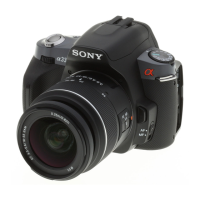
Do you have a question about the Sony Alpha DSLR-A330 and is the answer not in the manual?
| Sensor Type | CCD |
|---|---|
| Sensor Size | 23.6 x 15.8 mm |
| Megapixels | 10.2 MP |
| Effective Pixels | 10.2 MP |
| ISO Range | 100 - 3200 |
| ISO Sensitivity | Auto, 100, 200, 400, 800, 1600, 3200 |
| Lens Mount | Sony A-mount |
| Image Processor | BIONZ |
| Autofocus Points | 9 |
| Continuous Shooting Speed | 2.5 fps |
| LCD Screen Size | 2.7 inches |
| LCD Screen Resolution | 230, 400 dots |
| Viewfinder Type | Optical (pentamirror) |
| Viewfinder Coverage | 95% |
| Built-in Flash | Yes |
| Battery | NP-FH50 |
| Camera Type | DSLR |
| Shutter Speed | 1/4000 to 30 sec |
| Storage Media | Memory Stick Duo, SD/SDHC |
| Dimensions | 128 x 97 x 71 mm |
| Weight | 490 g (body only) |
Lists all items included with the camera, such as battery charger, USB cable, and strap.
Details how to charge the camera's battery pack before first use.
Step-by-step guide on how to mount a lens onto the camera body.
Instructions for inserting memory cards into the camera's slots.
Guide for initial camera setup, including date and time configuration.
Explains how to attach and use the shoulder strap and eyepiece cover.
Information on how many images can be saved based on card capacity and quality.
Warnings and precautions for handling and using the battery pack safely.
States FCC compliance and warns against unauthorized modifications.
Information for EU customers regarding directives and waste disposal.
Tips for shooting modes, LCD characteristics, and handling.
Advises data backup and warns about copyright laws.
Explains how to adjust shutter speed and aperture for creative control.
Explains autofocus, manual focus, AF areas, and focus lock.
Guide on using the built-in flash and adjusting its output.
Explains metering modes and ISO sensitivity for exposure.
How to play back, protect, and delete images.
Connecting to a TV or computer for image viewing.
Lists all items included with the camera.
Step-by-step guide to charging the camera's battery.
Guide for setting the camera's date and time.
Instructions for cleaning camera components safely.
Identifies and explains the camera's front components.
Identifies and explains the camera's rear components.
Identifies and explains the camera's side and bottom components.
Explains indicators shown on the LCD in Graphic Display mode.
How to change the displayed shooting information.
Details functions assigned to the control button.
Lists functions accessible via the Fn button.
Explains functions available through the main menu.
Options for managing recorded images.
Various camera settings and configurations.
How to tilt the LCD for better viewing angles.
Techniques to prevent blurred images due to camera movement.
Explains the image stabilization feature.
Situations and tips for using a tripod.
How to use the AUTO mode for simple shooting.
How to use Portrait mode for best results.
Guide for using Landscape mode effectively.
Tips for shooting close-ups using Macro mode.
Using Sports Action mode for moving subjects.
How to capture sunsets beautifully.
Techniques for shooting in low-light night scenes.
Explains adjusting shutter speed and aperture for creative control.
Using Program Auto mode for automatic exposure with custom settings.
Using Aperture Priority mode for depth of field control.
Using Shutter Priority for capturing motion.
Manual control over shutter speed and aperture for exposure.
Techniques for long exposure photography like fireworks.
Explains indicators shown on the LCD in Graphic Display mode.
Explains indicators shown on the LCD in Standard Display mode.
Details indicators and information displayed in the viewfinder.
Explains autofocus and manual focus options for sharp images.
Guides on choosing AF modes based on subject motion.
Explains how flash range depends on ISO and aperture.
Information on the autofocus assist illuminator.
Steps for using an external wireless flash unit.
How to adjust overall image brightness.
Explains different metering modes for accurate exposure.
How to adjust white balance for accurate colors under different lighting.
Setting custom white balance for specific lighting conditions.
Adjusting contrast and selecting image processing styles.
Detailed options for Contrast, Saturation, and Sharpness.
How to choose between single shot, continuous, and self-timer modes.
How to use the 2-second and 10-second self-timers.
Capturing multiple shots with varying exposures.
Using the wireless remote for shooting.
How to play back, protect, and delete images.
How to rotate and zoom into images for closer examination.
Viewing multiple images as thumbnails.
Viewing images in an automated slideshow.
Displaying details like settings and date for recorded images.
Viewing image brightness distribution.
How to prevent accidental deletion of images.
Steps for removing unwanted images from the camera.
How to delete images from a folder or the entire card.
How to adjust image resolution and compression settings.
Options for image quality (RAW, Fine, Standard).
Options for file numbering and folder naming.
Procedures for formatting cards and managing folders.
Procedures for setting camera date and language.
Adjusting LCD brightness and image display time after shooting.
Setting to keep the LCD on when using the viewfinder.
Restores camera settings to factory defaults.
How to transfer images from camera to computer via USB.
Steps for establishing a USB connection between camera and PC.
Example procedure for copying images to a Windows computer.
Instructions for copying images on Macintosh computers.
Steps to view images on Windows and safely disconnect USB.
Explains how images are organized and named on the memory card.
Instructions for copying files back to the memory card.
Overview of provided software for image management.
Guide to installing Sony software on Windows.
Guide to installing Sony software on Macintosh.
Overview of the Picture Motion Browser software.
Setting print order format for images.
Adding date information to printed images.
Direct printing from camera to PictBridge printer.
Procedures for connecting camera and printing images via PictBridge.
Solutions for battery or power related issues.
Troubleshooting for issues related to image capture.
Troubleshooting for focus, flash, and slow recording.
Causes and solutions for dark flash photos, flare, and red-eye.
Troubleshooting for LCD dots, blurred images, and color problems.
Troubleshooting for image playback and deletion problems.
Troubleshooting for computer recognition and image transfer.
Troubleshooting for memory card errors and printing issues.
Solutions for cut-off edges and connection failures during printing.
Troubleshooting printing, fogged lenses, and date/time errors.
Troubleshooting for general camera malfunctions and specific error indications.
Explains common error messages and their resolutions.
Troubleshooting for display, lens, connectivity, and system errors.
Troubleshooting for printer errors and marking issues.
Warnings about unsuitable environments and proper storage.
Guidance on operating temperatures and preventing moisture.
Tips for recording, playback, and battery care.
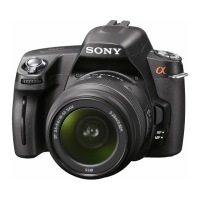
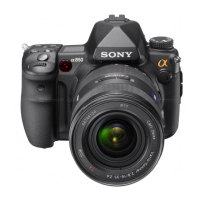
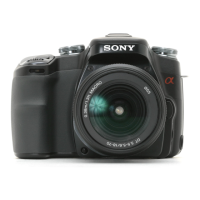

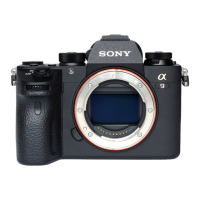

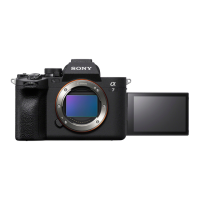
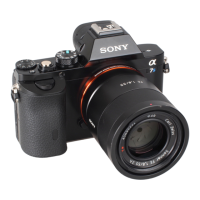
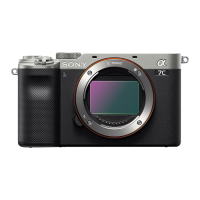
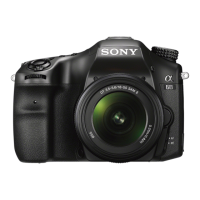
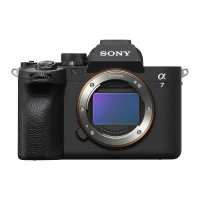
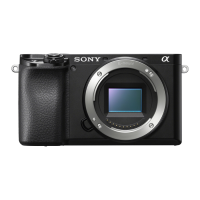
